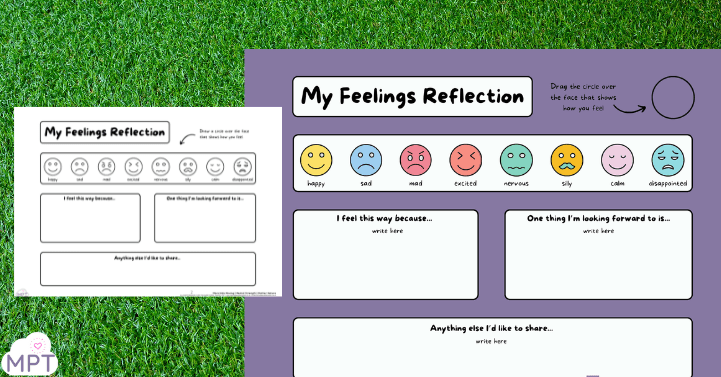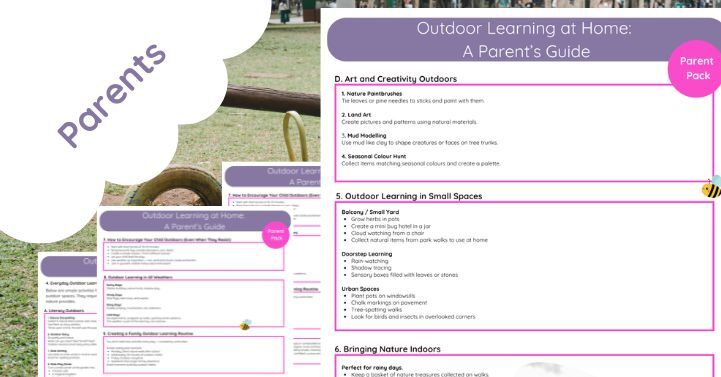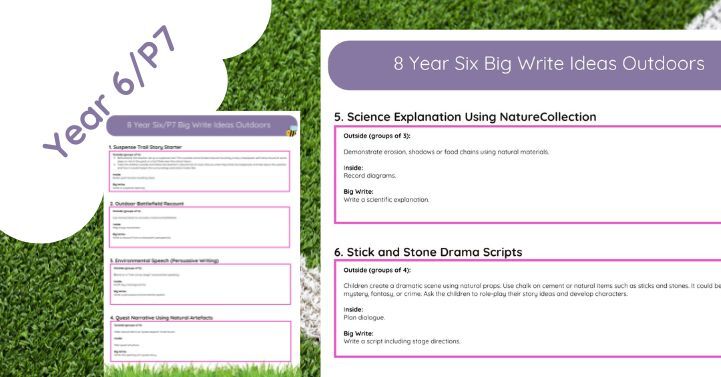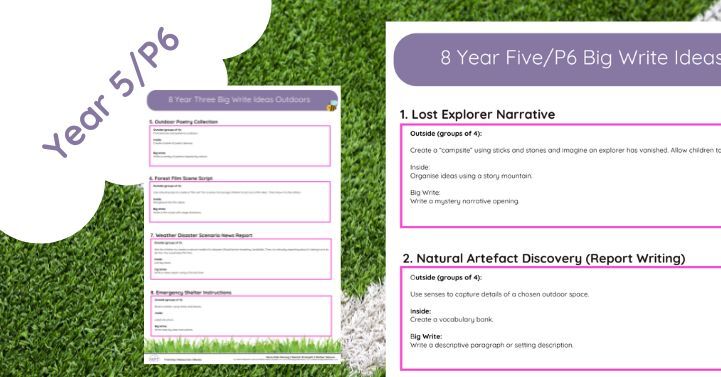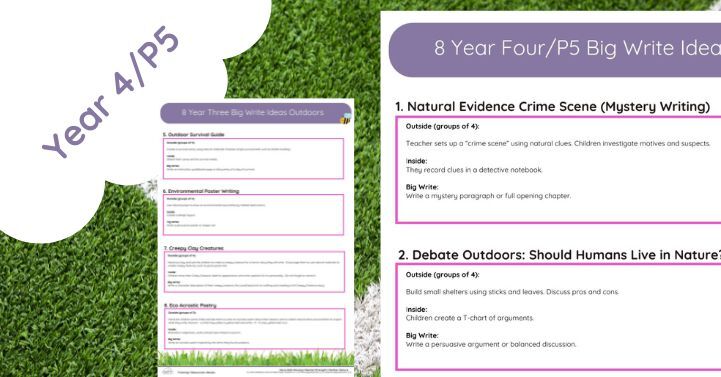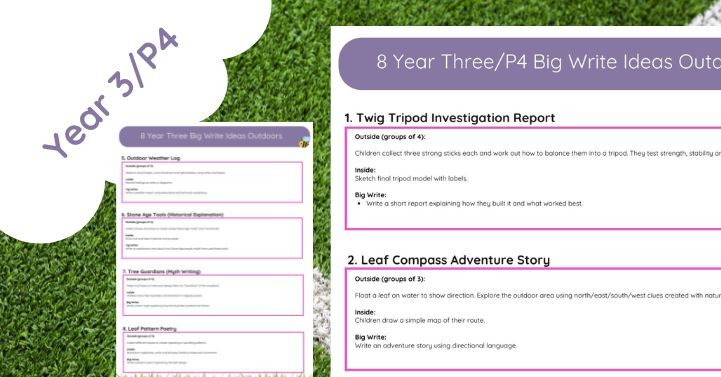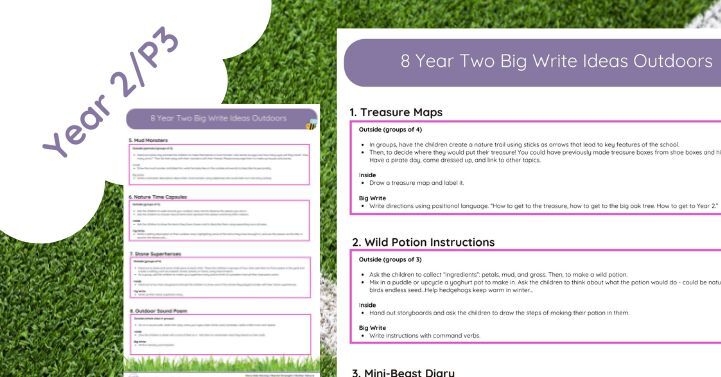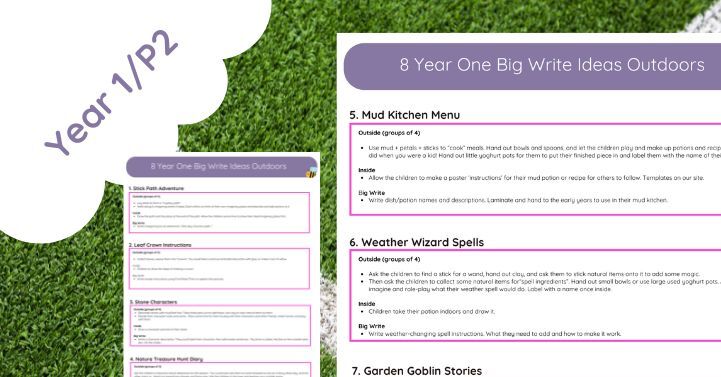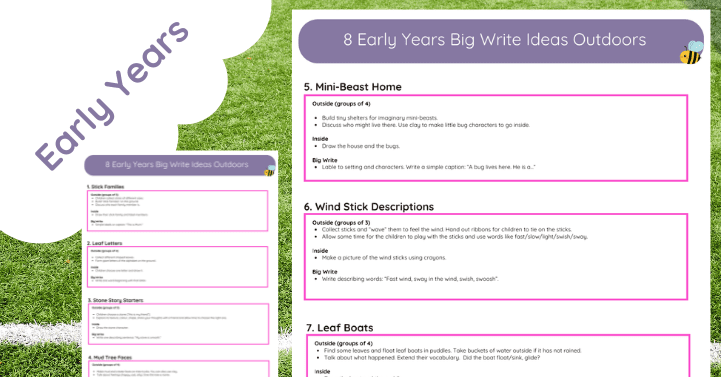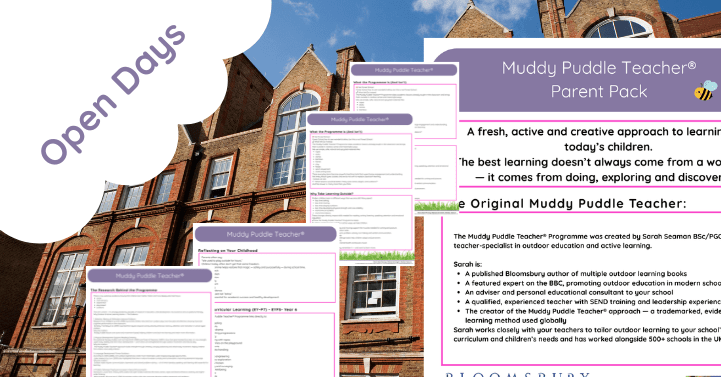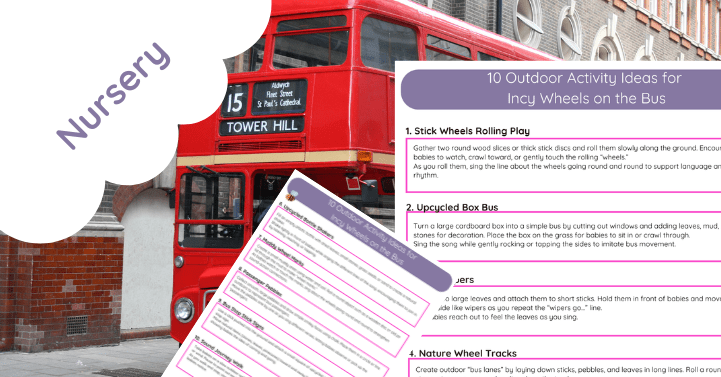My Feelings Reflection Sheet – A Safe Space to Understand and Express Emotions
Help children with SEND develop emotional awareness and communication with the My Feelings Reflection Sheet – a gentle, visual-based tool that encourages self-reflection and emotional expression.
Perfect for use in schools, therapy sessions, or at home, this reflection sheet offers a simple yet powerful way for children to share how they’re feeling, what may have caused those feelings, and what might help them feel better.
✨ Key Features:
-
Visual emotion indicators (e.g., faces, colors, or emojis) to support recognition of feelings
-
Simple prompts like “Today I felt…”, “This happened…”, and “I would like…”
-
Customisable sections to adapt for different ages, abilities, or communication styles
-
Designed with SEND learners in mind, including those with autism, ADHD, speech and language needs, and anxiety
-
Printable and digital versions available for flexible use at school or home
💬 Why It Works:
-
Builds emotional literacy and self-awareness
-
Reduces frustration by offering a structured way to communicate
-
Encourages self-regulation and problem-solving
-
Promotes calm, reflective conversations with trusted adults
-
Supports positive mental health in a consistent, accessible format
🧑🏫 Perfect For:
-
Teachers and SENCOs
-
Learning Support Assistants
-
Speech and Language Therapists
-
Parents and carers
-
Children and young people with additional needs
🧠 Supporting Emotional Wellbeing with a Feelings Reflection Sheet
Helping children and young people understand and express their emotions is an essential part of learning and development—especially for those with Special Educational Needs and Disabilities (SEND). One simple but powerful resource that can make a big difference is a feelings reflection sheet.
Whether used in classrooms, therapy sessions, or at home, a well-designed feelings reflection sheet gives children a safe, structured way to talk about how they feel, why they feel that way, and what might help.
💡 What Is a Feelings Reflection Sheet?
A feelings reflection sheet is a visual and written tool that prompts children to reflect on their emotional experiences. It often includes:
-
Visual emotion icons or emoji-style faces
-
Simple sentence starters like:
-
“Today I felt…”
-
“This happened…”
-
“Next time I might…”
-
-
Calm, supportive language to guide self-expression
-
A space to identify helpful strategies or support
These sheets can be tailored to suit a child’s age, communication style, and specific needs—making them a great resource for neurodiverse learners or children with speech, language, or emotional difficulties.
📘 For ideas on how to support emotional literacy in children, check out YoungMinds: Emotional Literacy Guide
🌈 Why Are Feelings Reflection Sheets Important?
1. They Help Children Understand Their Emotions
Recognising and naming feelings is the first step in emotional regulation. For children with SEND, a visual and consistent tool makes this process much more accessible.
2. They Promote Self-Regulation
By reflecting on what happened and how they felt, children can begin to understand triggers and learn ways to manage their emotions better in the future.
🎓 See more on the benefits of social and emotional learning at the Education Endowment Foundation (EEF)
3. They Strengthen Communication Between Adults and Children
Using a feelings reflection sheet provides adults with valuable insights into how a child experiences their day—especially if that child finds verbal communication challenging.
4. They Create a Predictable and Safe Routine
Filling in a feelings reflection sheet can become a part of a daily routine, offering a calm moment to pause, reflect, and connect.
🧩 For learners with autism, consistent routines can be incredibly beneficial. Find out more at the National Autistic Society – Structure & Routine
🧒 Who Can Benefit from a Feelings Reflection Sheet?
-
Children with autism, ADHD, or sensory processing needs
-
Learners with speech and language difficulties
-
Pupils experiencing anxiety or trauma
-
Any child who needs help putting their feelings into words
✍️ Tips for Using a Feelings Reflection Sheet Effectively
-
Use it at consistent times (e.g., after playtime, at the end of the day)
-
Keep language clear and visual
-
Offer choices rather than open-ended questions
-
Support with emotion cards or a mood scale if needed
-
Always follow up with positive, affirming conversation
For more SEND Resources


